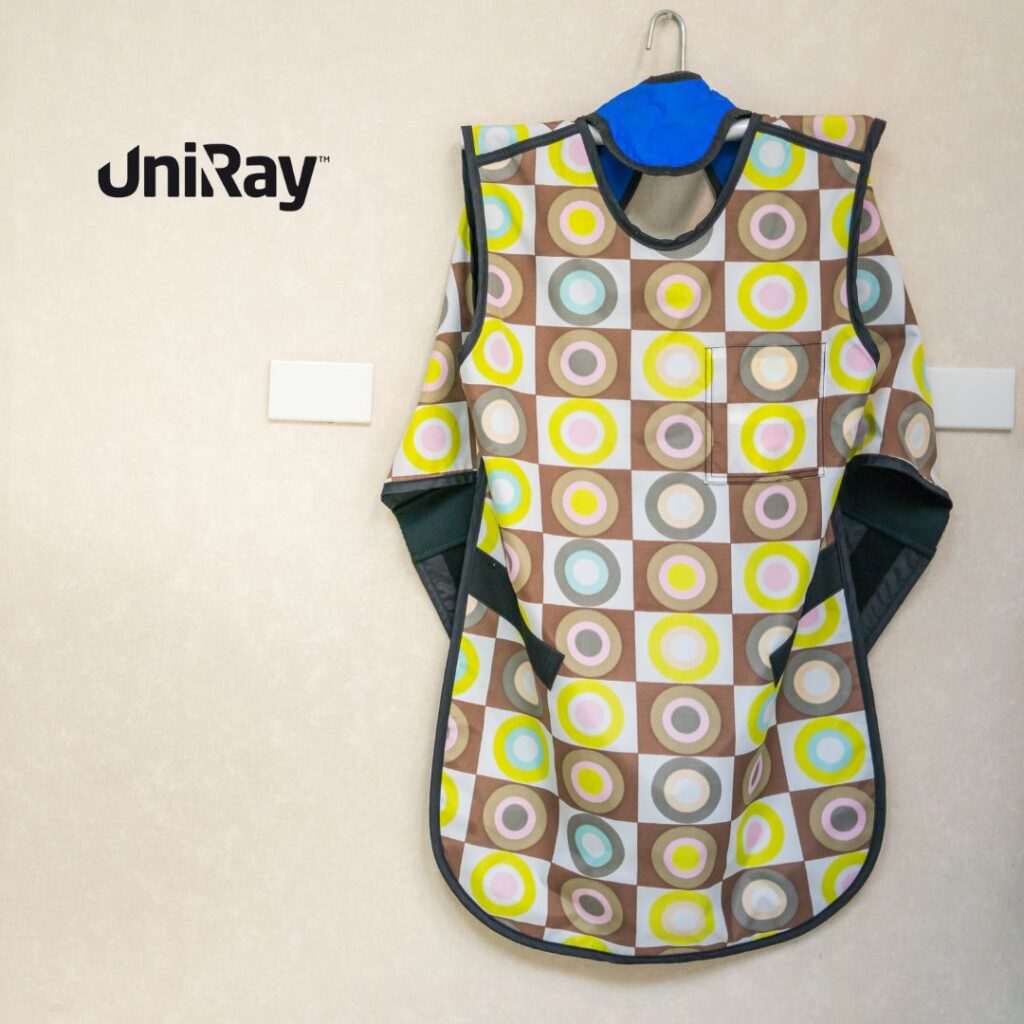Understanding Gamma Radiation Shielding Materials
Gamma radiation shielding materials are crucial for protecting individuals from the harmful effects of gamma rays and x-rays. Various industries, including medical, nuclear, and aerospace, rely on effective shielding to ensure safety. The two most common materials used for this purpose are lead and tungsten. While both materials provide excellent gamma ray shielding, their properties differ, making them suitable for specific applications. Before choosing the right material, it is essential to understand their effectiveness, cost, and suitability for various environments. For example, in the medical field, a Lead Apron is commonly used to shield patients and medical professionals from radiation exposure.

Properties of Lead for Gamma Radiation Shielding
Density and Effectiveness
Lead has long been the standard material for gamma radiation shielding due to its high density. Its ability to attenuate gamma rays and x-rays makes it a popular choice in radiology rooms, nuclear facilities, and industrial radiation shielding. The high atomic number of lead allows it to effectively absorb and scatter ionizing radiation, reducing exposure risks.
Cost and Availability
Lead is widely available and relatively inexpensive compared to tungsten. This affordability makes it the preferred choice in industries where budget constraints exist. The cost-effectiveness of lead gamma radiation shielding ensures that hospitals and nuclear plants can implement extensive protective measures without exceeding budgets.
Versatility and Application
Gamma radiation lead is used in various forms, including lead sheets, bricks, and composite panels. It is easily moldable, making it suitable for designing custom radiation shielding solutions. Additionally, lead is used in mobile radiation shielding barriers, which provide flexibility in hospitals and laboratories.
Drawbacks of Lead
Despite its advantages, lead has some drawbacks. It is a heavy material, which can make handling and installation cumbersome. Additionally, lead is toxic, requiring careful handling and disposal. Lead exposure can lead to health risks, necessitating the use of protective measures when working with lead gamma radiation shielding.
Properties of Tungsten for Gamma Radiation Shielding
High Density and Radiation Attenuation

Tungsten is an alternative to lead for gamma ray shielding materials. It has a higher density than lead, making it more effective at blocking gamma rays and x-rays. Tungsten’s high atomic number allows it to provide superior radiation attenuation in a thinner layer compared to lead, which is particularly beneficial in applications where space is limited.
Durability and Strength
Unlike lead, tungsten is highly durable and resistant to wear and tear. This makes it an ideal choice for long-term gamma radiation shielding applications. Tungsten does not corrode easily, ensuring that shielding remains intact for extended periods.
Environmental and Health Benefits
One of the key advantages of tungsten is that it is non-toxic, unlike lead. This makes it a safer alternative for applications where human exposure is a concern. As environmental regulations become stricter, tungsten is increasingly being chosen over lead for radiation protection products.Radiation protection products made from tungsten ensure compliance with environmental safety standards.
Cost and Availability
While tungsten provides superior gamma radiation shielding, it is significantly more expensive than lead. Its higher cost can be a limiting factor for widespread use, especially in large-scale shielding projects. Additionally, tungsten is harder to source and manufacture, which can impact production times and availability.
Comparing Lead and Tungsten for Gamma Ray Shielding
Effectiveness in Shielding

Both lead and tungsten offer excellent protection against gamma rays and x-rays, but tungsten provides better shielding in a thinner layer. This makes tungsten a preferred choice in applications where space is a constraint, such as in aerospace and high-precision medical devices.
Weight and Handling
Lead is significantly heavier than tungsten, which can make it challenging to handle and install. Tungsten, despite its high density, is used in smaller quantities due to its superior attenuation properties, making it easier to work with in certain applications.
Safety Considerations
The toxicity of lead is a major concern, requiring proper safety measures for handling and disposal. Tungsten, on the other hand, is non-toxic and environmentally friendly, making it a safer choice for long-term use.
Cost-Effectiveness
Lead remains the most cost-effective solution for large-scale gamma radiation shielding. However, for specialized applications where space, weight, and safety are paramount, tungsten is a superior, albeit more expensive, choice.
Best Applications for Each Material
When to Use Lead
- Medical imaging facilities (x-ray rooms, CT scan rooms)
- Nuclear power plants
- Industrial radiography and non-destructive testing
- Mobile radiation shielding barriers
When to Use Tungsten
- Aerospace and defense applications
- Radiation shielding for small, high-precision medical devices
- High-energy physics research laboratories
- Environments where lead toxicity is a concern
Conclusion: Choosing the Right Gamma Radiation Shielding Material
Both lead and tungsten have their advantages and limitations when it comes to gamma radiation shielding. Lead remains a popular choice due to its cost-effectiveness and versatility, while tungsten offers superior shielding in a compact and environmentally friendly form. The decision between lead and tungsten should be based on factors such as budget, space constraints, safety requirements, and environmental considerations. As radiation protection technology evolves, more advanced materials and composites may emerge, further enhancing the effectiveness of gamma ray shielding materials. For individuals looking for additional protective solutions, radioactive glasses provide an extra layer of safety against radiation exposure, ensuring comprehensive protection in high-radiation environments.


